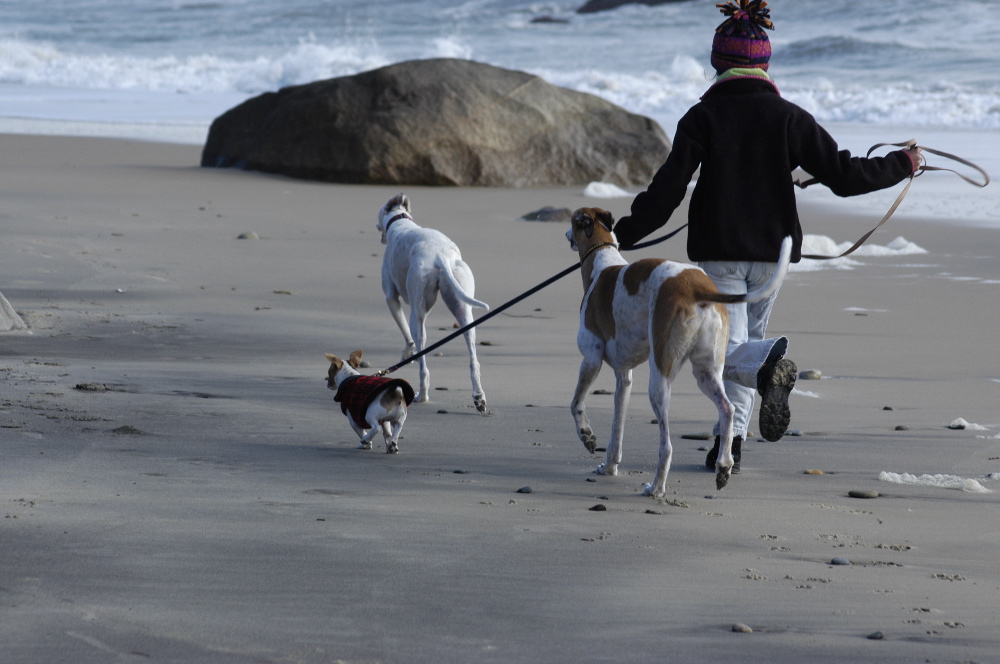 Photo: Pam White
Photo: Pam White
I have been thinking and reading about a lot about play for the past few weeks. As I write about it, I am aware of how diminished my own sense of play can become if I m not actively seeking and feeding it. How the day can become turgid and dim if I don’t look for a genuine rhythm of exertion and recuperation.
Here are some conscious playful recuperations:
- bouncing: I have a mini trampoline in my study, so standing up once every 30 minutes to bounce for 3 minutes is a great way to move fluids, feel the dance between gravity and levity and change my p.o.v.
- getting down: I also have up to three dogs in my study. Getting up from the desk and getting down on the floor with the dogs is also refreshing. Another change of level and p.o.v.
- Getting out: step outside with or without dogs. Look around, breathe, stretch your arms up and take in the sky.
- Listen: Stand up, close your eye and listen. What is the softest sound you hear? What is the sweetest sound you hear? I highly recommend Deep Listening: A Composer’s Sound Practice
by Pauline Oliveros as a way of cultivating a listening practice.
- random moving: take some time during the day to lie down in an open space (does not have to be large) and let your body move. Don’t exercise or stretch. Just get quiet and see what impulses for movement might be there. Let your body move in any way for 5 minutes. No judgement, no interpretation, no thinking. Just feeling, moving.
How do you recuperate?
